Raspberry plants are a joy to grow. They offer sweet fruits that many people love. Growing them can be fun and rewarding. In this guide, we will explore how to grow raspberry plants. We will discuss soil, sunlight, watering, and more.
Choosing the Right Raspberry Plants
First, you need to choose the right type of raspberry plant. There are two main types:
- Red raspberries: These are the most common. They have a sweet taste.
- Black raspberries: These have a unique flavor. They are darker in color.
Both types are delicious. Think about what you want to grow. You can also pick varieties that grow well in your area. Check local garden centers for options.

Credit: www.youtube.com
Where to Plant Raspberry Plants
Raspberry plants need the right spot to grow. Here are some tips:
- Choose a sunny location. Raspberries need at least six hours of sunlight each day.
- Pick a place with good drainage. Water should not pool around the roots.
- Avoid areas with strong winds. Wind can damage the plants.
Good planning helps the plants grow strong and healthy. You can use a garden bed or a large pot if you have limited space.
Preparing the Soil
Soil is very important for raspberry plants. They prefer well-drained soil. The soil should be rich in nutrients. Here’s how to prepare it:
- Test the soil pH. Raspberries like a pH of 5.5 to 6.5.
- Add compost to enrich the soil. Compost provides nutrients.
- Mix in sand if the soil is too heavy. Sand helps with drainage.
Good soil helps the plants grow better. Take time to prepare the soil before planting.
Planting Raspberry Plants
Now it’s time to plant your raspberry plants. Follow these steps:
- Dig a hole about 18 inches deep and 18 inches wide.
- Place the root system in the hole. Spread out the roots gently.
- Cover the roots with soil, leaving the crown above ground.
- Water the plants well after planting.
Make sure to space the plants correctly. Space them about 2 to 3 feet apart. This gives them room to grow.
Watering Raspberry Plants
Watering is key for healthy raspberry plants. Here’s what to do:
- Water the plants once a week. They need about an inch of water each week.
- Check the soil moisture. If it feels dry, it’s time to water.
- Avoid getting water on the leaves. Water the soil directly.
Overwatering can harm the roots. Be careful to give just the right amount.
Feeding Raspberry Plants
Feeding your raspberry plants helps them grow. Here’s how to do it:
- Use a balanced fertilizer. Look for one with equal numbers. Example: 10-10-10.
- Feed the plants in early spring. This helps them grow strong.
- Do not over-fertilize. Too much can hurt the plants.
Healthy plants produce more fruit. Feeding them well is important.
Pruning Raspberry Plants
Pruning is a way to keep raspberry plants healthy. It helps them produce more fruit. Here are some tips:
- Prune in late winter or early spring.
- Cut away dead or weak canes. This helps new growth.
- For red raspberries, cut old canes down to the ground.
- For black raspberries, remove old canes after harvest.
Pruning keeps the plants tidy and productive. It also helps with air circulation.
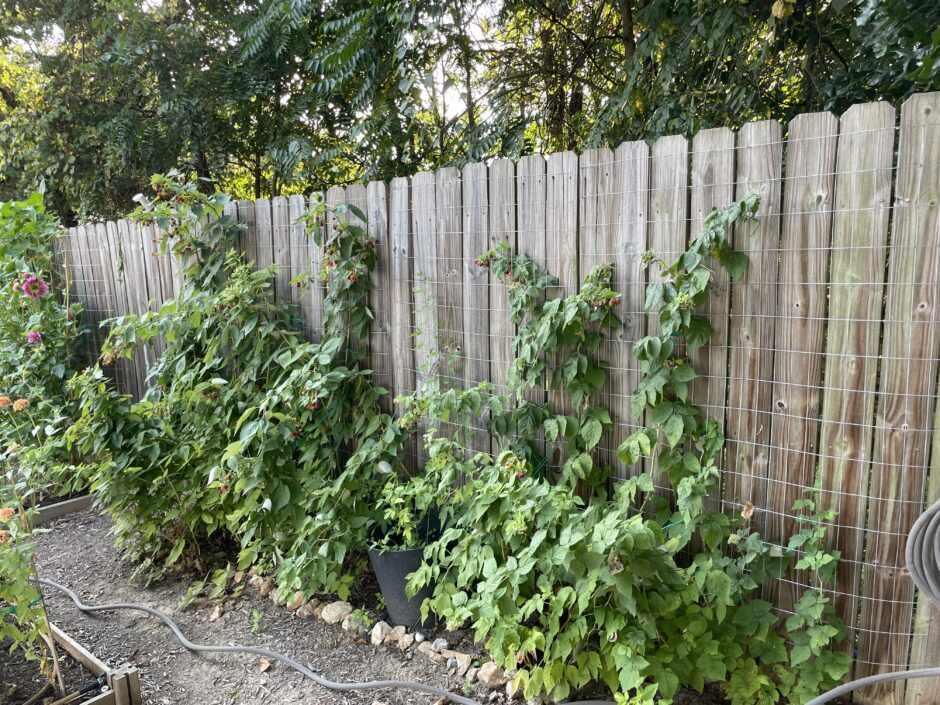
Credit: whitneyanderick.com
Dealing with Pests and Diseases
Pests and diseases can harm raspberry plants. Here’s how to protect them:
- Check for pests regularly. Look for aphids and spider mites.
- Use insecticidal soap to control pests. This is safe for plants.
- Keep the area clean. Remove fallen leaves and debris.
Diseases like root rot can also affect raspberries. Ensure good drainage to avoid this.
Harvesting Raspberries
Harvesting is the best part of growing raspberries. Here’s how to know when to pick:
- Ripe raspberries are bright in color.
- They should come off the plant easily. If they resist, they are not ready.
- Pick in the morning when it’s cool. This helps keep them fresh.
Gather the raspberries in a basket. Be gentle to avoid squishing them.
Storing Raspberries
After harvesting, you need to store the raspberries properly. Here are some tips:
- Do not wash them until ready to eat. Washing can make them spoil faster.
- Store in the refrigerator. Use a container with holes for air.
- Eat within a few days for the best taste.
If you have too many, consider freezing them. They can last for months in the freezer.
Conclusion
Growing raspberry plants is a fun and easy project. With the right care, you can enjoy fresh raspberries. Remember to choose the right plants, prepare the soil, and water regularly.
Pruning and feeding are also important. Keep an eye out for pests and diseases. Finally, enjoy the sweet reward of your hard work.
Now you have the knowledge to grow your own raspberries. Happy gardening!





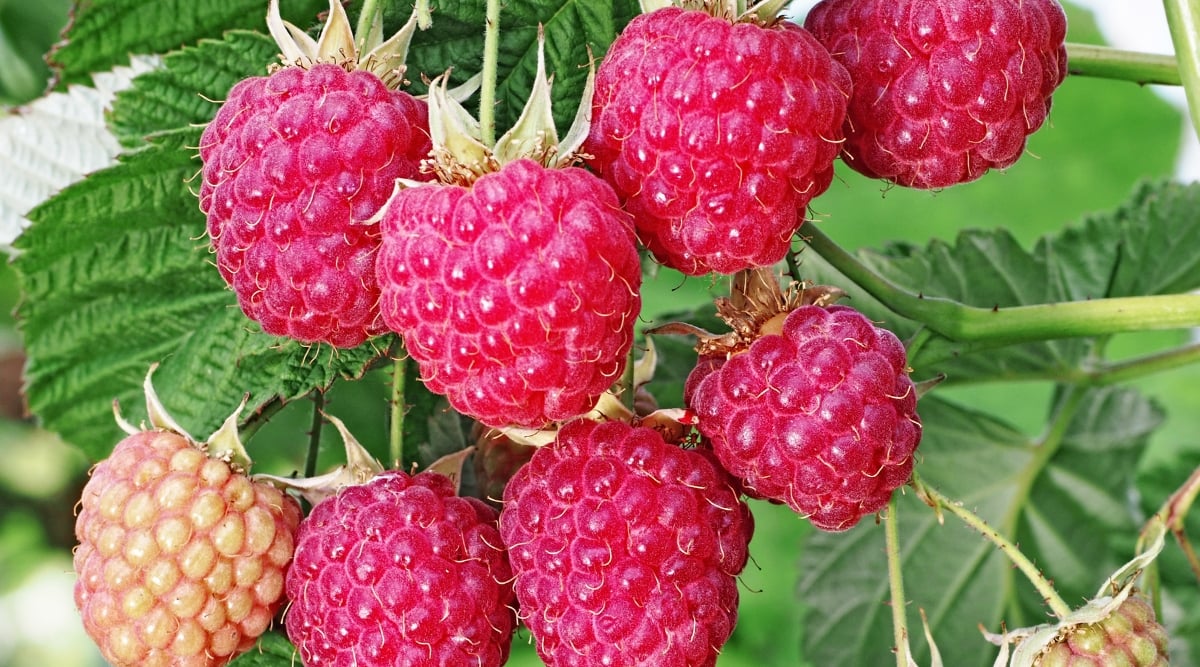
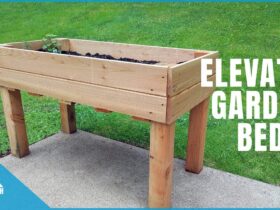


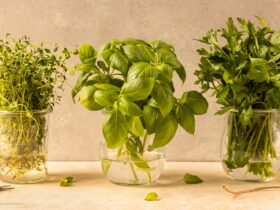

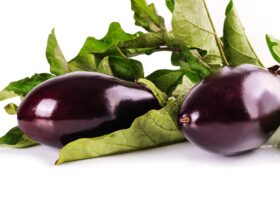
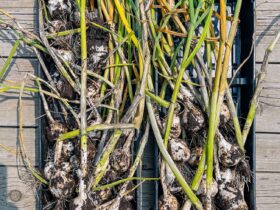
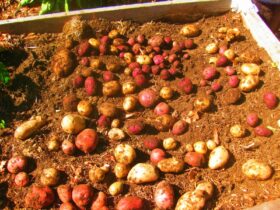

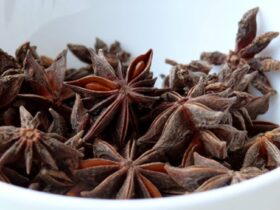
Leave a Review